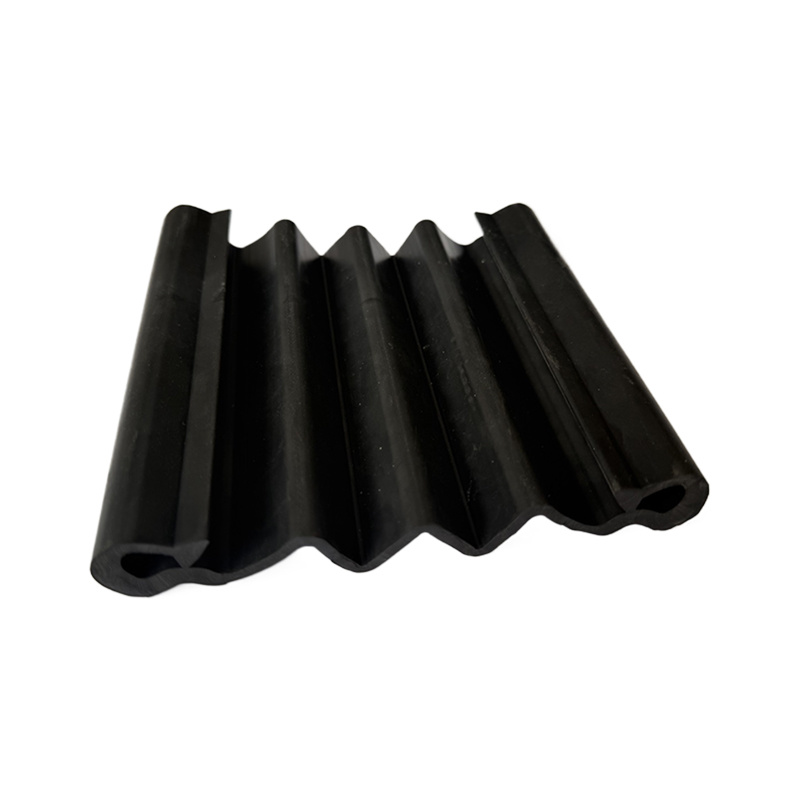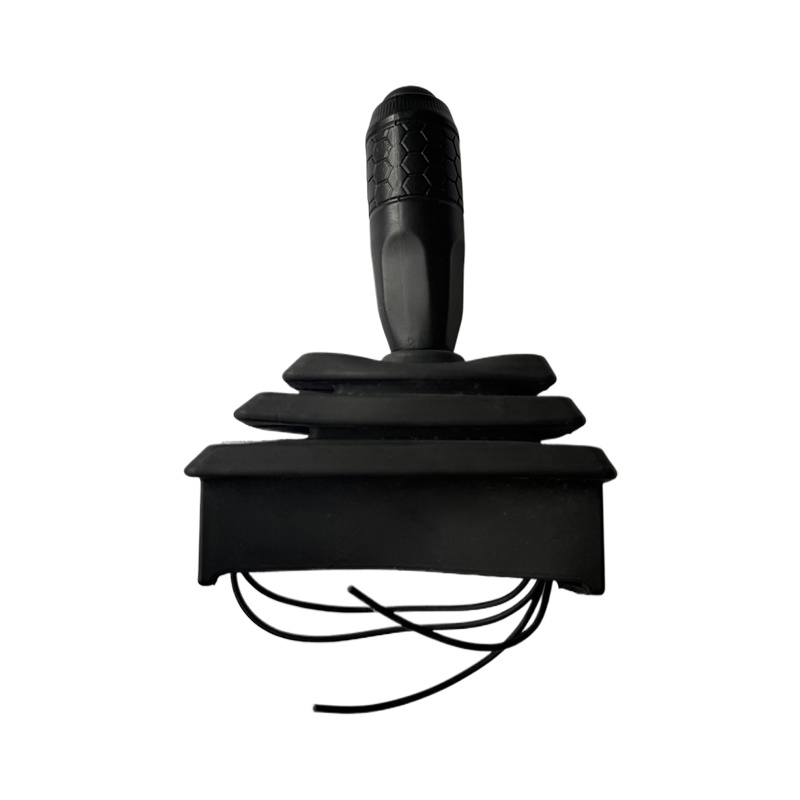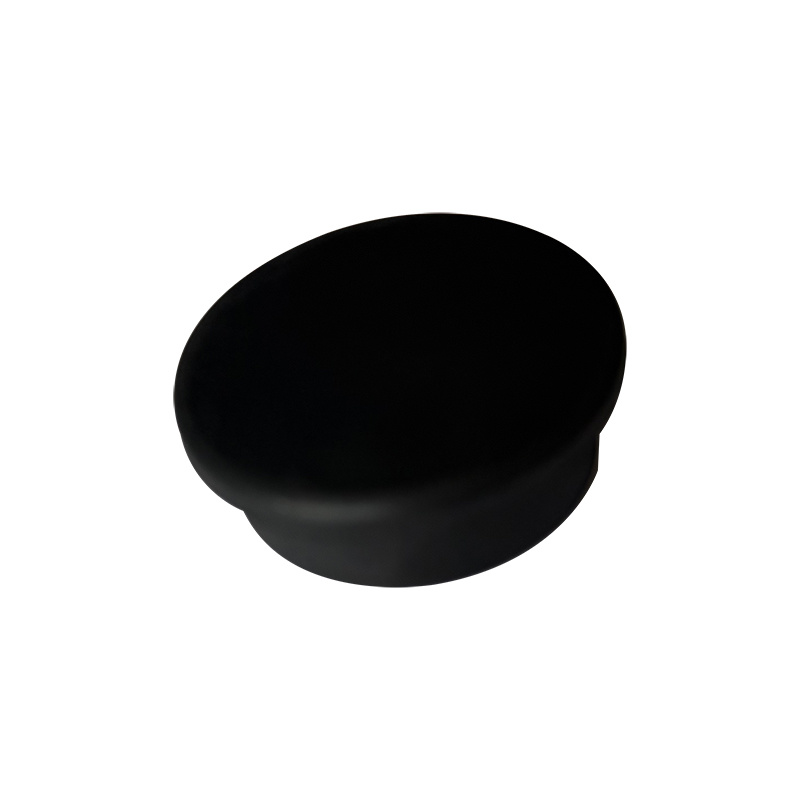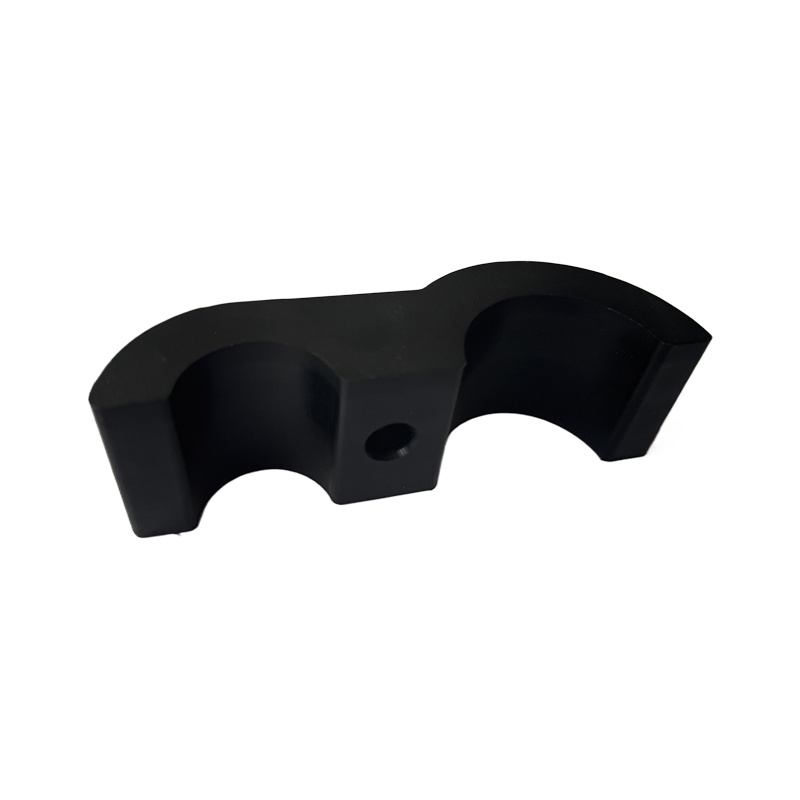Seal
Material coverage: EPDM, PVC, TPE; structures include single extrusion, double composite, and triple composite materials
Tag:
Keyword:
Product Details
Material Coverage: EPDM, PVC, TPE; structures include single extrusion, double composite, and triple composite materials
Automotive sealing strips are sealing materials used in various parts of automobiles. Below is a detailed introduction to automotive sealing strips:
Function
1. Fill Gaps: Automotive sealing strips fill gaps between automotive components, providing a sealing effect.
2. Waterproof and Dustproof: Through sealing, automotive sealing strips effectively prevent water and dust from entering the vehicle, protecting the interior environment.
3. Sound Insulation and Noise Reduction: Automotive sealing strips also provide sound insulation and noise reduction, enhancing the driving experience.
4. Decorative and Aesthetic: Some automotive sealing strips also have a decorative function, enhancing the overall aesthetics of the vehicle.
Material
Automotive sealing strips are usually made of various materials, including but not limited to rubber, silicone, polyvinyl chloride, ethylene propylene rubber, and modified polypropylene synthetic rubber. These materials are soft, wear-resistant, and high-temperature resistant, adapting to the needs of different parts of the vehicle.
Types
1. Vulcanized Rubber Sealing Strips: Generally made of ethylene propylene terpolymer material, with excellent comprehensive performance, ozone resistance, weather resistance, high and low temperature resistance, and wide applicability.
2. Silicone Rubber Sealing Strips: High and low temperature resistant, good hydrophobicity and breathability, unparalleled insulation performance, can meet various color requirements, but poor mechanical strength and oil resistance.
3. Chloroprene Rubber Sealing Strips: Relatively balanced performance, good weather resistance, ozone resistance, and oil resistance, but poor storage stability and poor cold resistance.
4. Nitrile Rubber Sealing Strips: Oil and solvent resistant, good elasticity and mechanical properties, but prone to aging and cracking in ozone and oxidation, poor cold resistance and low temperature resistance.
5. Thermoplastic Elastomer Sealing Strips: Good elasticity, wear resistance, oil resistance, adjustable hardness, superior mechanical properties, excellent cold resistance and resistance to chemical corrosion, but higher raw material prices.
6. Thermoplastic Vulcanizate Sealing Strips: Good heat and cold resistance, relatively low density, oil resistance and solvent resistance similar to chloroprene rubber, but not very good compression set resistance and wear resistance.
7. Plasticized Polyvinyl Chloride Sealing Strips: Inexpensive and readily available materials, corrosion-resistant, wear-resistant, acid and alkali resistant, and various chemical media resistant, flame-retardant, high mechanical strength, but plasticizers are prone to migration, becoming hard and brittle, and not resistant to aging and low temperatures.
Application Locations
Automotive sealing strips are mainly used in doors, windows, luggage compartments, engine hoods, etc. Specifically:
1. Door Sealing Strips: Including door sealing strips and door frame sealing strips, composed of a dense rubber matrix and a sponge rubber tube. The dense rubber contains a metal frame to strengthen the shape and fixation, and the sponge rubber tube is soft and elastic, able to deform under pressure and rebound after pressure release, ensuring sealing and withstanding the impact force of closing the door.
2. Window Sealing Strips: Composed of window glass guide grooves and inner and outer window water channels. The window glass guide groove sealing strips are made of dense rubber with different hardnesses, embedded in the body to ensure precise dimensional matching, and some lips have a flocked surface to reduce friction noise. The inner and outer water channels are made of pure rubber strips or composites with plastic parts, with a flocked surface to reduce friction and have a decorative effect.
3. Engine Hood Sealing Strips: Made of pure sponge rubber tubes or composites with dense rubber, used for sealing the engine hood to the front of the vehicle body.
4. Rear Door Sealing Strips: Composed of a dense rubber matrix with a frame and a sponge rubber tube, ensuring sealing when the rear door is closed.
Related recommend Products













